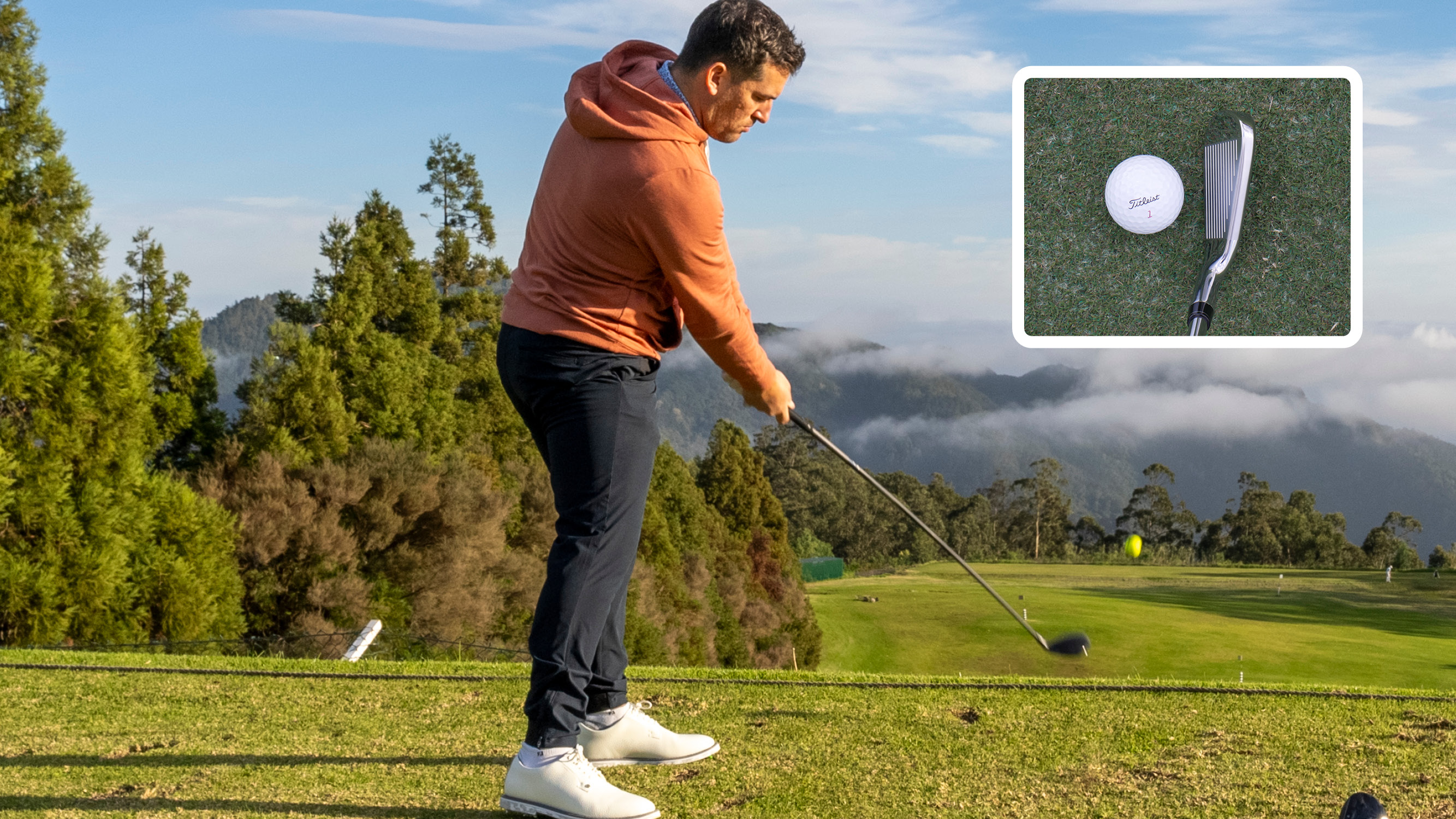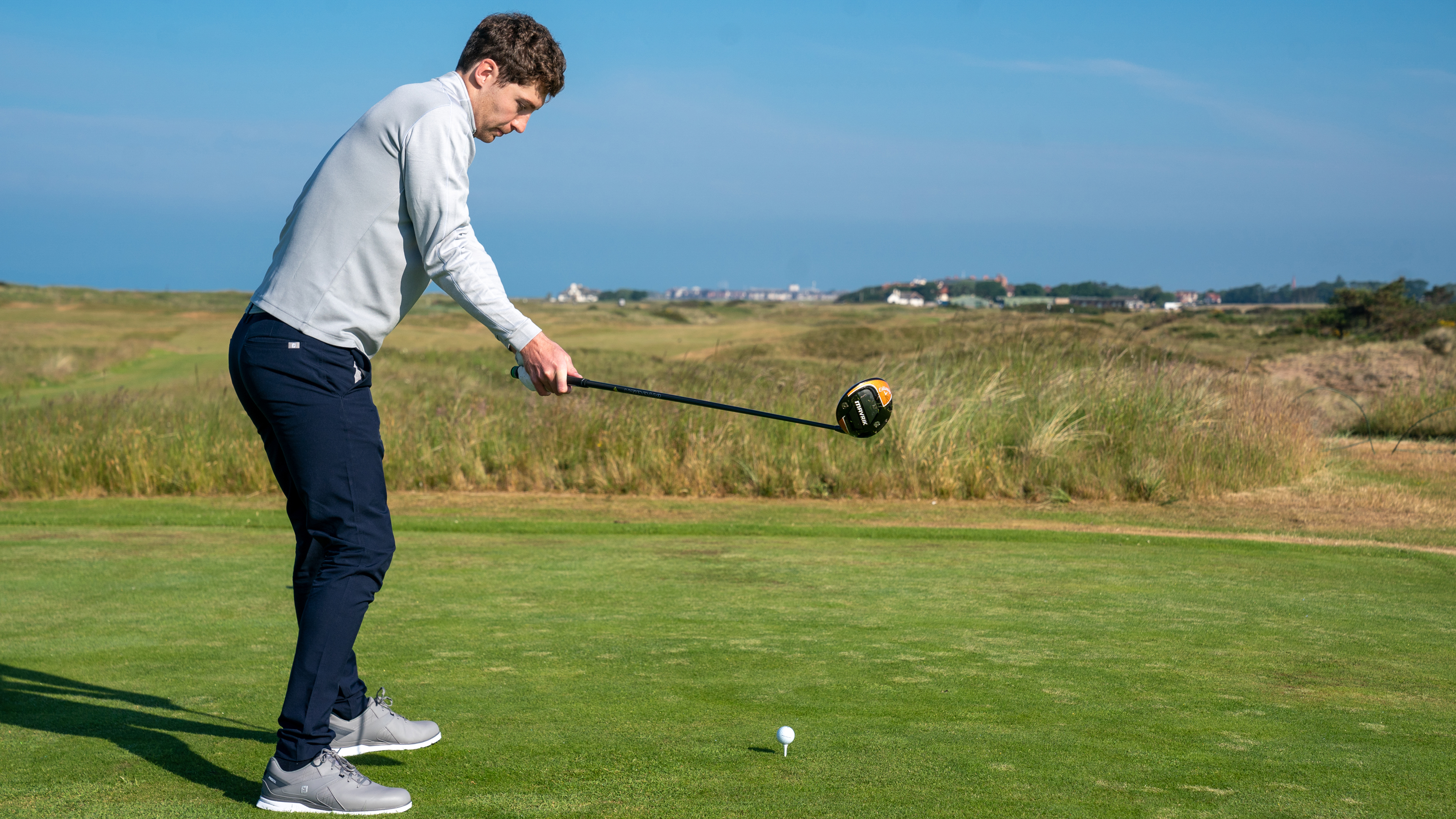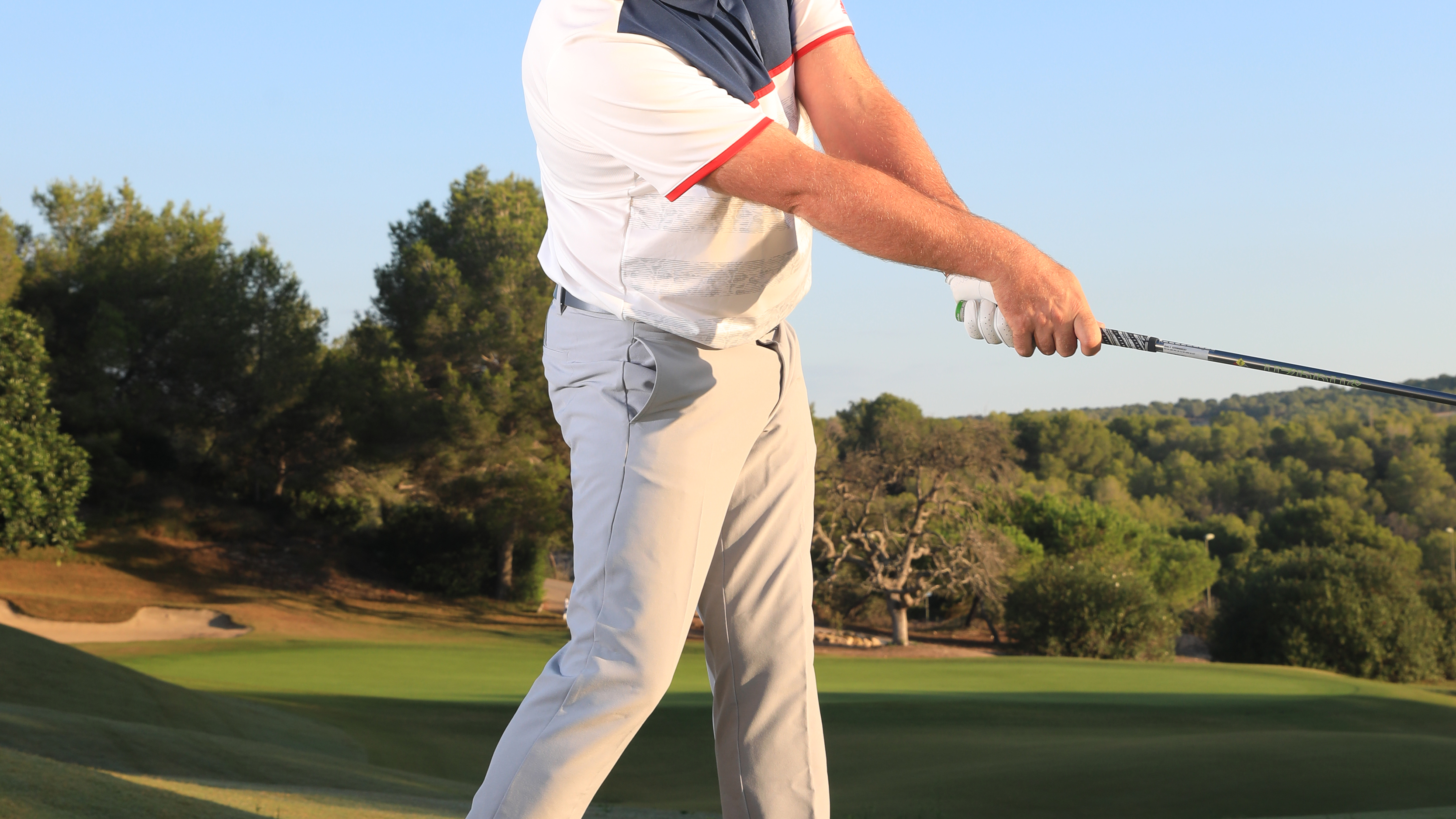How To Stop Toe Strikes
Toe strikes can seriously impact your confidence and your scoring, but these expert PGA Pro tips can help you to find the middle of the face more consistently


Missing the middle of the clubface consistently could be one of the reasons you aren't getting better at golf, and without the right expert tips this could negatively impact on your confidence on the course.
Professional golfers are almost metronomic with their ball striking, but all players at some stage have to learn the basics and put in the practice. In this video and article, Golf Monthly Top 50 Coach Alex Elliott shares his expert advice on how to stop toe strikes and find the sweet spot more regularly...
Tee-peg drill
A simple way to respond to toe strikes is add this drill to your practice routine. Take a tee and place it in the ground about an inch to the right of the ball, then assume your normal set-up position with driver (as shown in the video).
Address the outside tee peg with the middle of the clubface and try to feel like you are hitting that tee when swinging through impact. This should help you to find the middle of the clubface more often, but be wary of not over-doing it as this could cause the opposite problem.
When you are next on the range, try hitting balls in sets of five, with three swings practicing the drill and two without the tee pegs. If you can hone in on that feeling of finding the middle, you'll be a lot more dependable with driver in hand.
Another great tip is to spray your driver club face with foot spray, or mark your ball with a sharpie. This will leave a mark on the face when you make contact with the ball and will give you a better indication of your strike location.

A Sharpie mark on the club face to indicate strike is a great way to get instant visual feedback
Swing path
If the drill above hasn't given you the desired remedy, it's worth getting someone to check your swing path. In particular, if your swing is too steep, it's likely causing you to cut across the ball. This glancing blow through impact will more often than not result in a toe strike, which is why this affliction is a symptom of the dreaded slice.
Subscribe to the Golf Monthly newsletter to stay up to date with all the latest tour news, equipment news, reviews, head-to-heads and buyer’s guides from our team of experienced experts.

A steep swing is likely to lead to toe strikes
During the takeaway in the golf swing, work on keeping the club low to the ground, which should help you shallow out your driver swing. Practice this move and then, as you swing for real, try to drive the club from inside to outside the target line through impact. Again, this will enable you to stop cutting across the golf ball.
Lack of extension
One of the key moves is the release in the golf swing. In particular, how your wrists and arms work through impact has a bearing on the energy you're able to unleash where it matters most - impact.

A bent left arm through impact can cause you to cut across the ball and hit it out the toe
However, if your lead arm slightly bent, you’ll be drawing the club across the ball (so it moves from outside to inside the target line) and the result will often be a toe strike. Focus on driving the club through so you have a full left arm extension in this phase of the swing and it could help cure your toe strikes.
Hip clearance

Clearing your hips as part of a proper downswing sequence is vital
Something you often hear said about Rory McIlroy is that he rotates his hips for more power through impact. It's one of the things tour players do that you don't so here's how to improve this part of your swing.
From the top, feel like you move your hips slightly towards the target before you start to unwind in the downswing. (If singling out the hips is too difficult, focusing on shifting the lower body might be easier.) Make sure you do this as part of a proper downswing sequence and this will ensure your weight is over your left side through the hitting zone for more powerful, centred strikes.

Location: Mottram Hall
Alex spent a great deal of time learning the game from fellow northwest golfer, Andrew Murray, who was a European Tour regular from 1979 to 1995. He spent three years on the European Tour caddying for Andrew’s son, Tom, before taking his PGA qualifications. His passion for the game and personality in front of the camera has helped him to create a thriving social media platform on Instagram and YouTube, where he offers a whole host of tips and advice to help viewers shoot lower scores.
Most significant influences on your teaching:
Mike Bender's book, 'Build The Swing Of A Lifetime', which I read during my PGA qualifications. He uses so many different tools to help students deliver the club better when hitting the golf ball. Andrew Murray, too. He helped form the way I interact with golfers and simplified what can be a complex game for a club golfer.
Advice for practice:
I like to get students to work in sets of five golf balls – three drills shots to two course shots. The drill shots have no consequence, but with the two course shots, I ask the student to create a green or fairway and go through a full routine.
Greatest success story:
One of my students hadn’t played golf for ten years - he'd lost his love for the game. After watching my online Instagram and YouTube content, he came for several golf lessons and has now joined a local golf club. Knowing I've helped get someone back into golf... you can't beat that.